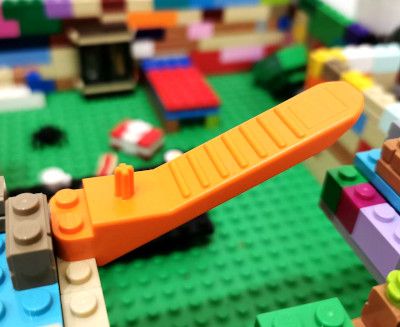-
Operator-SDK: Write a generic controller for an existing object
2 min read

With operator-sdk, it really makes it easy to create new CRD definitions and create the template to write the reconcile loop for it. But if we want to be able to handle changes on objects that are already present on the Kubernetes cluster (not a custom resources) we can create the Reconciler from scratch.
22/12/2023
Read more... -
kubebuilder:printcolumn - Adding back the AGE column
1 min read

If we use //+kubebuilder:printcolumn to add fields to print with kubectl get we'll notice that the AGE colum goes away with it. We can use an additional
//+kubebuilder:printcolumnto add the AGE column back.29/08/2023
Read more... -
Operator-SDK: Create a group of objects that can be queried together
2 min read

When you have several kubernetes objects (CRDs) that work together it can be useful to be able to query them all together to get a better idea of what's deployed without having to query all the individial resources. With operator-SDK we just need to annotate the objects.
01/08/2023
Read more... -
Operator-SDK: Set custom fields for kubectl get
2 min read

When writing a custom Kubernetes operator using operator-sdk we might want to change the fields are show when running
kubectl get:$ kubectl get example NAME AGE demo 4h20mTo do so, we'll need to add the additionalPrinterColumns field the the CustomResourceDefinition, but since we are using operator-sdk to take care of this, we'll need to use some annotations in the resource definition file.
15/05/2023
Read more... -
How to Change the Scope of a Kubernetes API Resource with Operator-SDK
2 min read

When creating a new API resource using the operator-sdk we can use the namespaced flag to make it Namespaced:
$ operator-sdk create api --group group \ --version v1 \ --kind Example \ --resource \ --controllerOr in the cluster scope:
$ operator-sdk create api --group group \ --version v1 \ --kind Example \ --resource \ --controller \ --namespaced=falseMaybe because we forgot to add the flag or because we have changed our mind, we don't need delete the object to change the scope of it, let's see how.
05/04/2023
Read more...